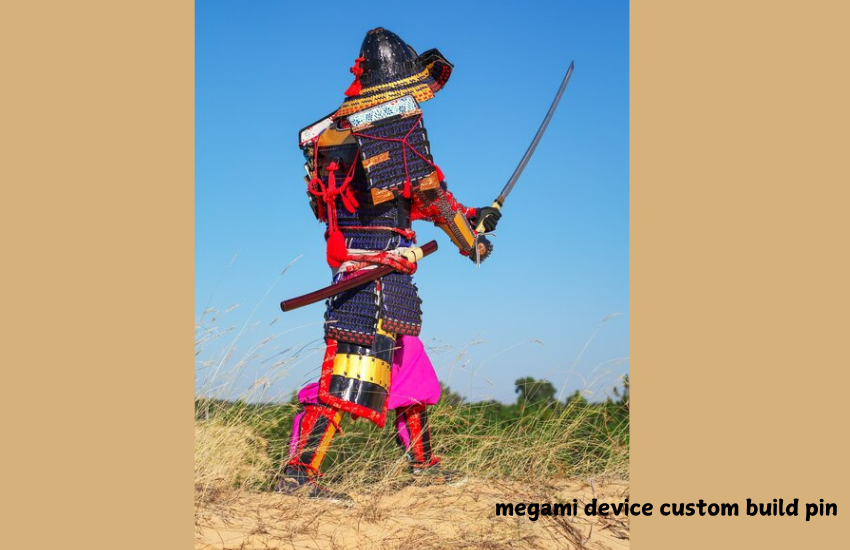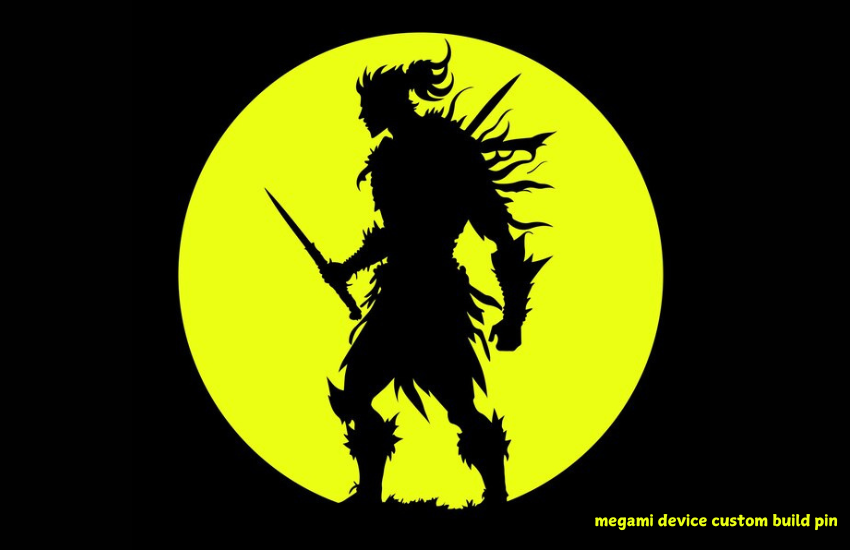Tools and Materials Needed for Megami Device Custom Builds
Creating a custom Megami Device build requires a few essential tools and materials, especially if you’re just getting started.
- Essential Tools for Beginners
- Cutters for separating parts from sprues.
- Tweezers for small detail work.
- Files and Sandpaper for smoothing edges and removing mold lines.
- Hobby Knife for precision trimming.
- Advanced Tools for Experienced Builders
- Airbrush for advanced painting techniques.
- Pin Vice for drilling small holes and adding custom parts.
- Scribing Tools for adding panel lines and details.
- Paints and Primers
Acrylic and lacquer paints work well for Megami Device kits, offering a balance of color vibrancy and durability. Priming is essential to ensure paint adhesion, especially on plastic surfaces. - Masking and Detailing Materials
Using masking tape is key for achieving crisp, clean lines when painting different sections of armor or accessories. Consider investing in fine-detail brushes and masking fluid for more intricate work. 
Understanding the Megami Device Kit Anatomy
Before diving into customization, understanding the model’s parts and structure will help ensure smooth modifications and avoid damaging essential components. Megami Device kits consist of multiple parts:
- Core Body and Armor Parts: These pieces are generally interchangeable, providing a base for creating custom designs.
- Joint Mechanisms: Understanding articulation points helps in adding details without compromising movement.
- Accessories and Weapons: Accessories can be painted or modified to fit specific themes.
Choosing Your Custom Build Theme and Style
Choosing a theme for your Megami Device kit is an essential first step, as it will guide your color palette and modifications. Here are some ideas:
- Fantasy or Mythology: Inspired by mythical creatures or fantasy worlds, this theme often includes elaborate armor and unique color schemes.
- Sci-Fi or Mecha: Bold metallics, dark shades, and tech-inspired details suit this style.
- Military: Earthy tones, camouflage, and weathering are staples for a military look.
Preparing the Megami Device for Customization
Preparation is a crucial phase in the custom-building process. It ensures your paint and modifications adhere well:
- Cleaning and Prepping Parts: Washing parts in soapy water removes any factory residue that can interfere with paint adhesion.
- Sanding and Smoothing: Sanding down mold lines and smoothing surfaces before painting creates a professional finish.
- Partial Assembly: Putting some parts together helps you visualize the final look and understand where joints need to remain clear of paint or modifications.
Techniques for Painting Megami Device Kits
Painting is often the most exciting aspect of customizing. With Megami Device models, you can experiment with different techniques:
- Acrylic Paints: These are beginner-friendly, dry quickly, and are easy to layer.
- Lacquers and Enamels: Known for durability and vibrant finishes, they require careful ventilation.
- Layering and Shading: Applying base coats, highlights, and shades adds depth to armor and accessories.
Masking Techniques for Detailing
Masking is essential for achieving a professional finish, especially for multi-color designs. Here are key steps:
- Using Masking Tape: Select fine, model-specific tape for clean lines.
- Layering Paints: Paint the lighter colors first and mask before adding darker shades.
- Troubleshooting: If paint seeps through, lightly sand and repaint for a cleaner look.
Scribing and Panel Lining for Extra Detail
Scribing can give Megami Device armor pieces a detailed, professional look. Tools like scribing knives and scribing templates help achieve clean, consistent lines. Panel lining adds depth, bringing out shadows and contours on armor and weapons.
Decal Application and Custom Stickers
Decals are a great way to add intricate designs without painting. Popular types include:
- Water-Slide Decals: These are smooth and blend seamlessly into the model.
- Dry-Transfer Decals: Excellent for sharp, clear lines on flat surfaces.
- Custom Stickers: Design your own decals using printable decal paper for a truly unique look.
Adding 3D Details and Custom Accessories
Using materials like putty or resin, you can create custom parts, from new armor plates to unique weaponry. Many modelers also modify or 3D print accessories for added creativity and flexibility.
Weathering Techniques for a Realistic Look
Weathering adds a sense of realism, especially for military or battle-worn themes. Techniques include:
- Dry Brushing: Lightly brushing on color highlights edges, creating a worn effect.
- Washes: Applying a thin, diluted paint wash enhances crevices and adds shadow depth.
- Rust and Dirt Effects: Specialized weathering paints and pastes mimic grime, rust, or mud.
Assembly and Final Touches
Once all modifications are complete, it’s time for the final assembly. Ensure all parts fit correctly, taking special care with joints to maintain articulation.
- Applying a Top Coat: A matte, gloss, or satin top coat protects the paint and gives the model a professional finish.
- Checking Articulation: Make sure paint or added details don’t impede movement.

Display and Photography Tips
A great custom build deserves a professional showcase:
- Choosing a Base: A themed base enhances the display.
- Posing Ideas: Experiment with dynamic poses to highlight the build’s unique features.
- Lighting and Editing: Good lighting and slight editing make for striking images.
Inspiration and Community for Megami Device Custom Builders
The custom-building community is vast, with forums and social media groups full of tips and inspiration. Sharing your custom builds can be a great way to get feedback, learn new techniques, and inspire others.
Frequently Asked Questions
- What paint works best for Megami Device kits?
Acrylic paints are beginner-friendly, while lacquers provide durability for advanced builds. - How can I create custom decals?
Use printable decal paper to design your own stickers or symbols for unique detailing. - Can I remove paint mistakes easily?
Light sanding or using isopropyl alcohol can remove errors, but be gentle to avoid damaging parts. - How do I prevent joint areas from chipping?
Avoid painting inside joints; use a top coat for extra durability around high-contact areas. - What’s the best way to start with weathering?
Try simple dry brushing and washing techniques, then build up to more complex rust or grime effects. - Are there online communities for custom Megami Device builders?
Yes! Reddit, Discord, and various model-building forums are excellent for inspiration and advice.


